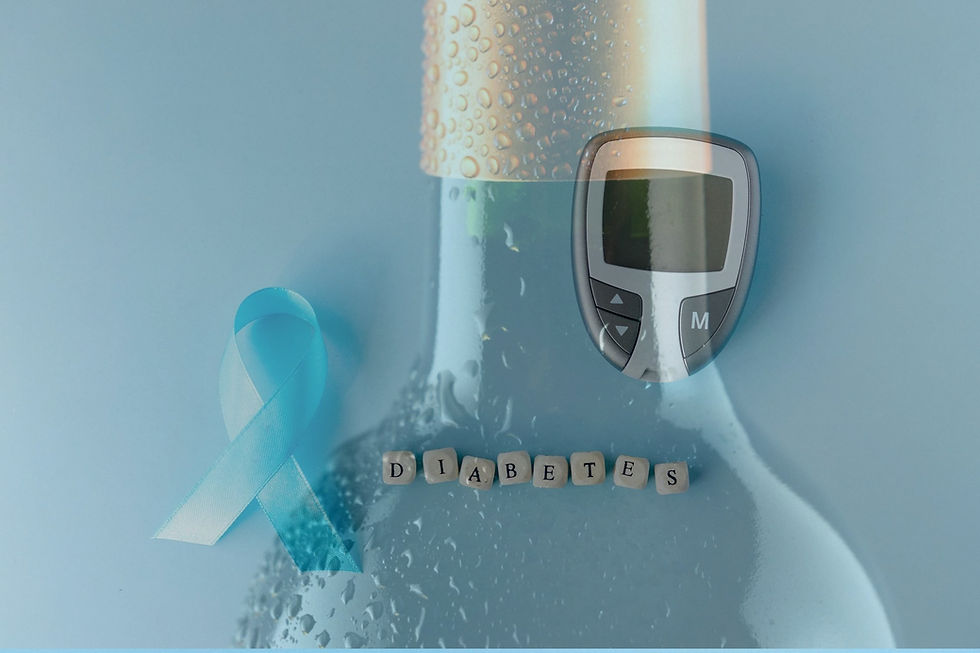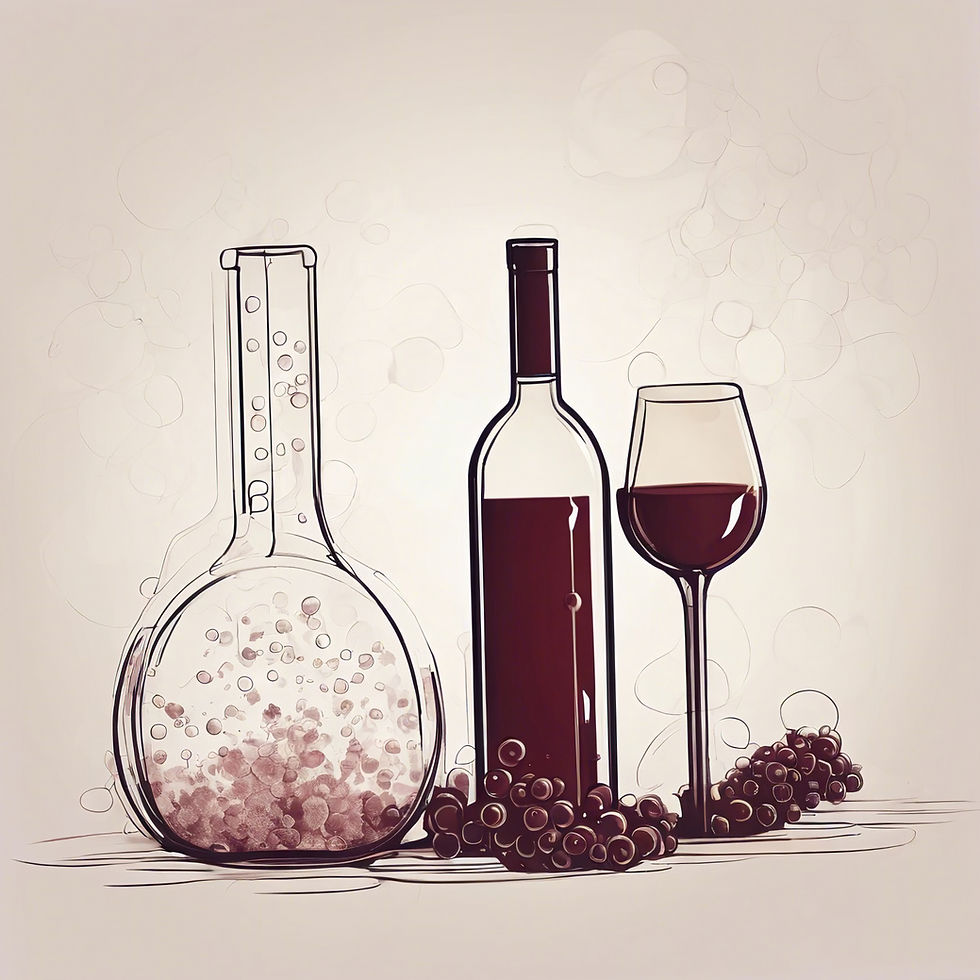
Hello, wine enthusiasts! I'm Darina Serova, your wine expert and guide through the intricate world of viticulture. Today, we're diving into a fascinating topic that blends the pleasures of wine with the serious business of health—specifically, type-2 diabetes (T2D). The question at hand: Is it scientifically justifiable to exclude wine and unfermented grape derivatives from the diet of those with or at risk of developing T2D? Let's uncork this discussion and see what the experts say.
First off, let’s set the stage with some sobering statistics. According to the World Health Organization, the number of adults with diabetes skyrocketed from 108 million in 1980 to a staggering 422 million in 2014. T2D, which makes up over 85% of these cases, has become a global health crisis. It’s not just about high blood sugar; T2D brings along an entourage of complications like cardiovascular diseases, which are the main cause of death among diabetics. It’s a tough battle, but understanding and managing diet can make a significant difference.
Now, onto the heart of the matter—wine and grapes. The consumption of alcoholic beverages, including wine, often raises eyebrows in the diabetic community. Many are wary, associating alcohol with negative health outcomes. However, a review by Patrizia Restani and her team explores whether moderate wine consumption might actually be beneficial for those with T2D. The thesis of their work is that low to moderate consumption of wine could have beneficial effects for individuals with T2D or those at risk.
So, what’s the deal with wine? Let’s break it down. Wine, especially red wine, is packed with bioactive compounds like polyphenols, which have antioxidant properties. These compounds play a role in reducing inflammation and improving heart health. The review found that moderate wine consumption is linked to a 30-40% reduced risk of developing T2D. That’s significant! The magic number seems to be up to one drink per day for women and up to two for men. But remember, moderation is key—overindulgence swings the pendulum back to risk territory.
And what about grapes and their unfermented derivatives, like grape juice? Grapes are naturally sweet, and while the high sugar content might seem like a red flag for diabetics, the studies reviewed suggest otherwise. Research indicates that moderate consumption of grape juice does not spike blood glucose levels significantly. In fact, certain grape derivatives might even help control glycemia. For instance, studies on muscadine grape juice showed a trend towards lower blood glucose and insulin levels. The phenolic compounds in grapes, which are also found in wine, seem to play a protective role.
Now, let’s talk raisins. Often labeled as a sugary snack to avoid, raisins might actually be a surprising ally. Studies have shown that consuming raisins did not adversely affect glycemic control in T2D patients. On the contrary, they might help stabilize blood sugar levels thanks to their fiber and phenolic content.
The bottom line is that both wine and grape derivatives, when consumed in moderation, could be integrated into the diet of someone managing T2D. This doesn’t mean you should start guzzling wine with every meal, but a glass here and there could be more than just a treat—it might be a health boost.
For those of you wondering why this matters, here’s the scoop. If you or someone you know is grappling with T2D, incorporating wine and grape products into your diet could offer health benefits without sacrificing the pleasures of the palate. This approach promotes a balanced lifestyle where diet isn’t just about restrictions but about making informed choices that enhance quality of life.
While the debate on alcohol and health is far from over, the evidence leans towards a positive outlook for moderate wine consumption among diabetics. It’s an exciting thought that enjoying a glass of wine could contribute to your health rather than detract from it. So, here’s to informed drinking and living well!
Main Conclusions:
Moderate wine consumption can potentially reduce the risk of developing T2D.
Grape and grape derivatives might help in controlling blood sugar levels.
Incorporating these into a balanced diet could improve quality of life for those with T2D.
Always consult with healthcare professionals to tailor dietary choices to individual health needs.
Cheers to good health and great wine!
References: Restani, P., Di Lorenzo, C., Fradera, U., Stockley, C. S., Teissedre, P.-L., Ruf, J.-C., Iasiello, B., Biella, S., Colombo, F., & Kosti, R. I. (2020). Is it scientifically justifiable to exclude wine and/or unfermented grape derivatives from the diet of consumers with or at risk of developing type-2 diabetes? Food & Function. DOI: 10.1039/d0fo01969k


